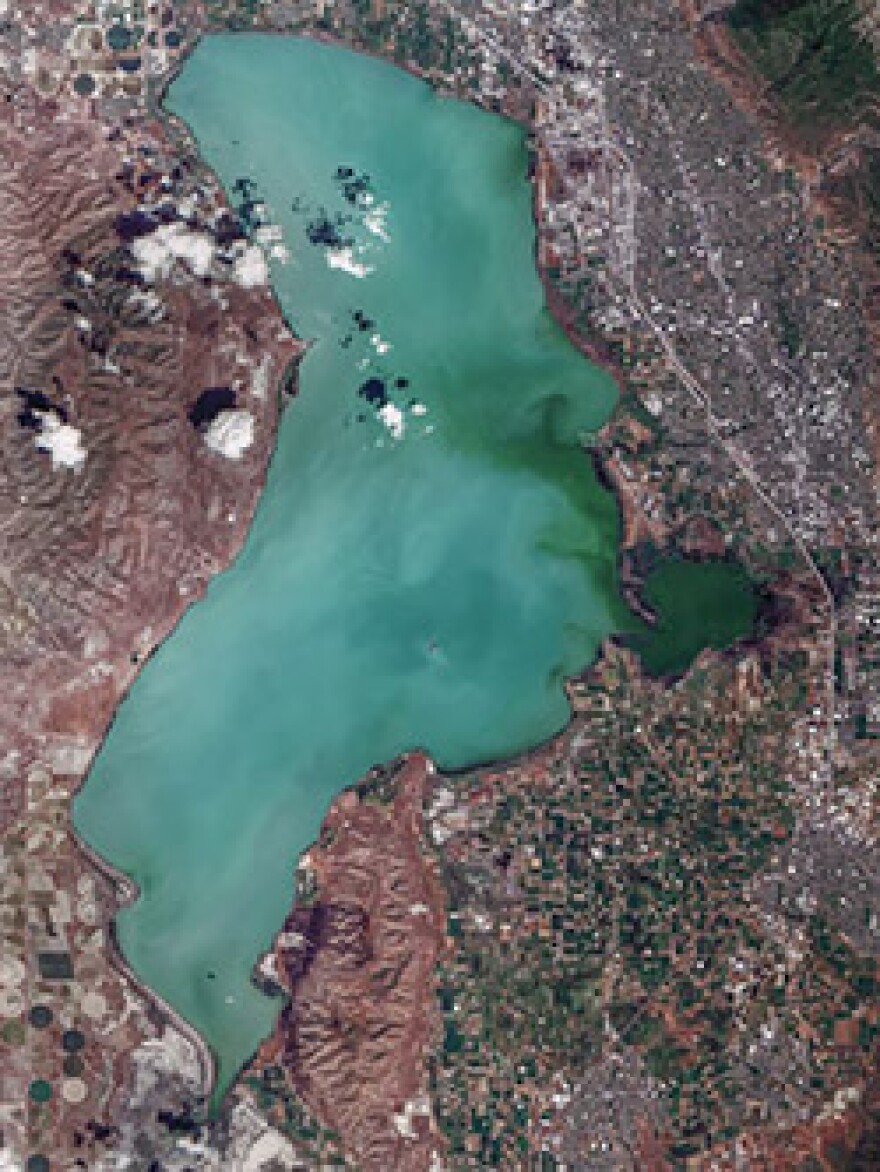State and county officials continue to monitor toxic blue-green algae in Utah Lake. They’re warning people to avoid a bloom that concentrated in Provo Bay.
Cyanobacteria covered around 90 percent of Utah Lake at one point last year. This year the bloom is getting started about two weeks earlier, and that makes state and county officials a bit uneasy.
“We’re kinda talking around here like maybe this is the new norm,” says Bryce Larsen, who oversees environmental health for the Utah County Health Department.
He calls last summer a learning experience. This year, he says, the bacteria’s spread is being tracked with satellites and aircraft.
“What that helps with is they can kinda see where the -- where it’s drifting, to see where the blooms are going and what part of the lakes are impacted,” says Larsen. “And then you can send boats or whatever to those areas to take samples.”

Officials are measuring bacteria concentrations and testing for the toxins those bacteria produce. Barbara Crouch, director of the Utah Poison Control Center, says over two dozen calls have come in already with questions and concerns about algae exposure.
Her agency fielded thousands of calls last year, including people exposed to blooms that also erupted at Scofield Reservoir and Payson Lakes.
“Skin irritation, eye irritation, itching – kind of like almost an allergic-type reaction,” she says, describing symptoms. “Maybe some stomach upset, nausea, vomiting, stomach pain, diarrhea, those kinds of things.”
Crouch says children and pets can be especially susceptible because they’re more likely to ingest the tainted water.



